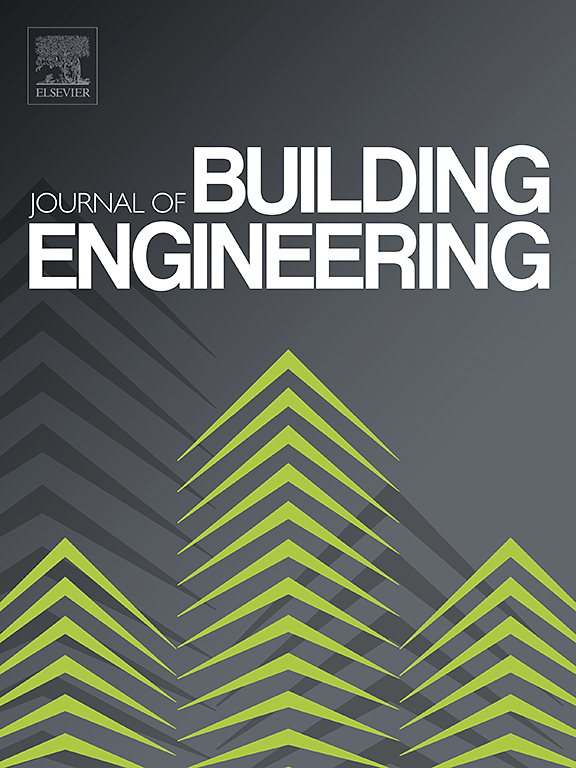微波激活煤矸石与石灰石在低碳水泥中的协同性能
IF 6.7
2区 工程技术
Q1 CONSTRUCTION & BUILDING TECHNOLOGY
引用次数: 0
摘要
本研究旨在应用微波活化煤矸石(MCG)开发石灰石煅烧粘土水泥(LC)。研究探讨了微波活化方案(微波温度和保温时间)对煤矸石水胶活性的影响。随后,以不同比例的石灰石粉(LS)和 MCG 取代水泥熟料,制备了 LC 水泥。分析了基于 MCG 的 LC 水泥的单轴抗压强度、相组成、微观结构和孔隙结构。结果表明,当材料在 800 ℃、保温时间为 20 分钟的条件下进行微波活化时,火山灰活性指数达到最大。在 MCG 含量为 20%、MCG:LS 比率为 2 时,MCG 基低浓水泥的强度最高,然后采用响应面方法预测最佳混合比例,以获得最佳材料强度。生命周期分析表明,基于 MCG 的低碳酸盐材料的碳排放量比普通硅酸盐水泥低 30%。这项研究为建筑行业开发了一种低碳排放的高性能新材料。本文章由计算机程序翻译,如有差异,请以英文原文为准。
Synergistic performance of microwave-activated coal gangue with limestone in low-carbon cement
This study aims to apply microwave-activated coal gangue (MCG) to develop limestone calcined clay cement (LC). The impact of microwave activation schemes (microwave temperature and holding time) on the pozzolanic activity of coal gangue were explored. After that, LC cements were prepared by replacing cement clinker with limestone powder (LS) and MCG at different ratios. The uniaxial compressive strength, phase composition, microstructure, and pore structure of the MCG-based LC cements were analyzed. The results indicate that the maximum volcanic ash activity index is achieved when the material is microwave-activated at 800 °C with a holding time of 20 min. The MCG based LC cements achieve the highest strength at an MCG content of 20 % with an MCG:LS ratio of 2. Then, the response surface methodology was employed to predict the optimal mixture proportions for achieving the best strength of the material. The life cycle analysis shows that the carbon emission of the MCG-based LC material is 30 % lower than that of Ordinary Portland Cement. This study develops a new high-performance material with low carbon emission for construction industry.
求助全文
通过发布文献求助,成功后即可免费获取论文全文。
去求助
来源期刊

Journal of building engineering
Engineering-Civil and Structural Engineering
CiteScore
10.00
自引率
12.50%
发文量
1901
审稿时长
35 days
期刊介绍:
The Journal of Building Engineering is an interdisciplinary journal that covers all aspects of science and technology concerned with the whole life cycle of the built environment; from the design phase through to construction, operation, performance, maintenance and its deterioration.
 求助内容:
求助内容: 应助结果提醒方式:
应助结果提醒方式:


